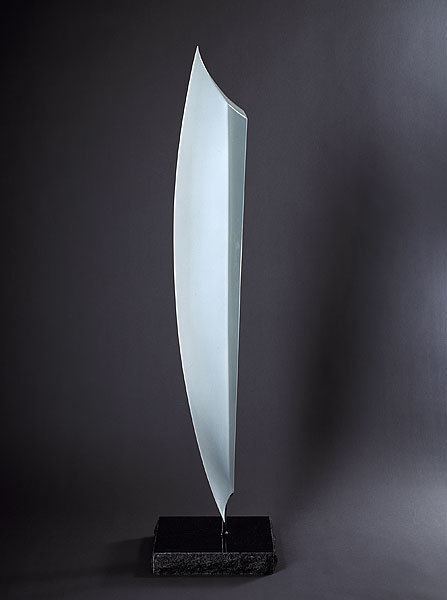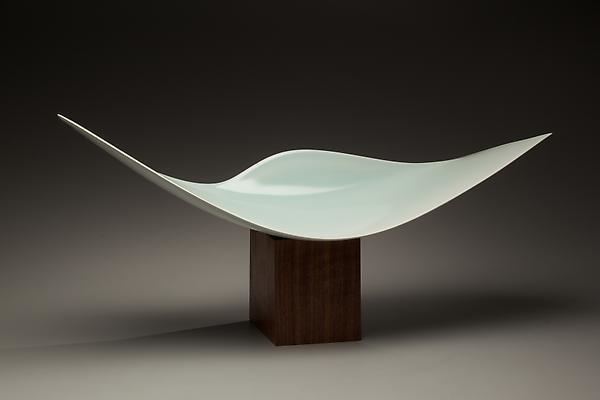 | ||
Sueharu Fukami (born 1947) is a Japanese ceramic artist and sculptor known for his work in greenish porcelain (Sei Hakuji / Celadon).
Contents

Biography
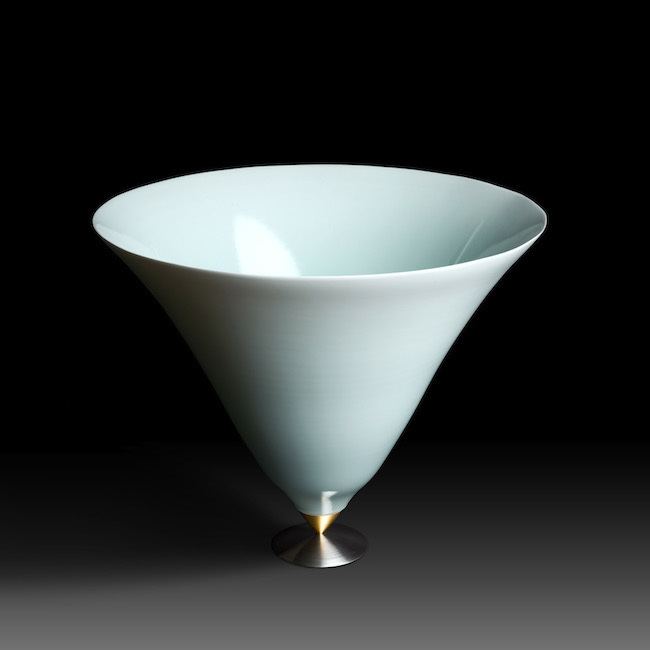
He was born in Kyoto into a family with strong ceramic connections. His father Yoshiichi Fukami ran a pottery business that made functional pots for day to day use. While his elder brothers continued in this tradition and ran the family firm, Sueharu was free to experiment, allowing him to become an already respected artist at the age of twenty, winning acceptance to the prestigious Nitten Exhibition. This initial success was not immediately followed up and this caused him to attempt to reinvent his work and style several times before his forms found acceptance again. He developed his now signature qingbai glaze and press moulded techniques with sharp lines and milky smooth surfaces. His status in Japan today is comparable to the status of masters of contemporary painting on the international art market.
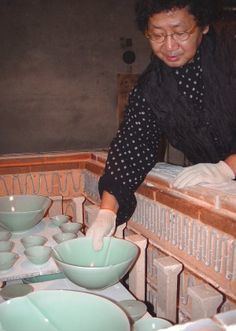
At the annual Faenze Ceramic exhibition in 1985 Fukami was first introduced to a global audience and won the grand prize. This allowed him the following year to have a solo show at the 1986 competition (by right as the previous years winner). His work has cumulated into a 20 year anniversary show of 25 prize winning works at Faenza in 2005.
Technique
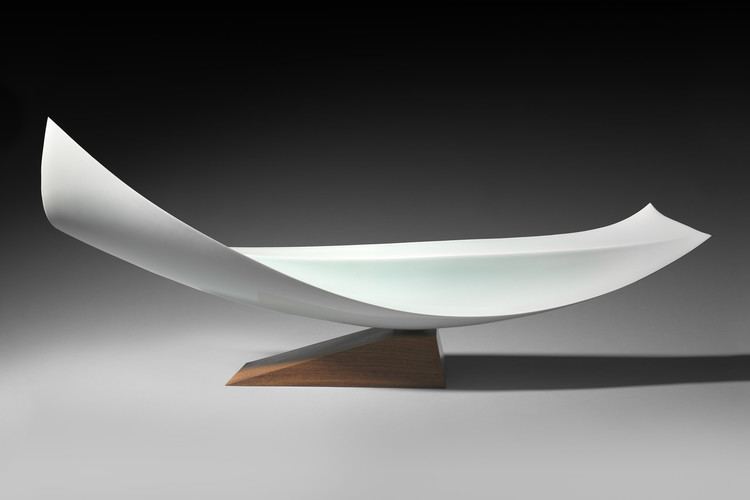
Fukamis work is usually constructed with an unique method of forcing the clay under high pressure into specially made moulds. From there those they are extracted, smoothed and glazed, often several times. Distinctively, instead of wanting his own finger marks visible in the clay like most potters, he strives to leave no indication of human creation. Fukami argues that it is far more difficult to make a pot built by hand to look like it's built by a machine than a pot by machine that's made to look like it is by hand.
Museum Representation
Fukami has been presented in the following museums:

Ackland Art Museum, Musée Ariana, Art Institute of Chicago, British Museum, Brooklyn Museum of Art, Everson Museum of Art, Hetjens Museum, Museum of Fine Arts, Houston, Indianapolis Museum of Art, Aichi Prefectural Ceramic Museum, Kyoto Municipal Museum of Art, Metropolitan Museum of Art, Musée des Arts Décoratifs, Paris, Sèvres – Cité de la céramique, Museo internazionale delle ceramiche in Faenza, Buenos Aires Museum of Modern Art, Museum of Art and History (Geneva), Museum of Fine Arts, Boston, Museum of Contemporary Art, Belgrade, National Gallery of Australia, National Museum of Art, Osaka, National Museum of History, National Museum of Modern Art, Kyoto, National Museum of Modern Art, Tokyo, New Orleans Museum of Art, North Carolina Museum of Art, Portland Museum of Art, Rhode Island School of Design Museum, Spencer Museum of Art, St Louis Museum of Art, Suntory Museum of Art, Yale University Art Gallery, Victoria & Albert Museum
